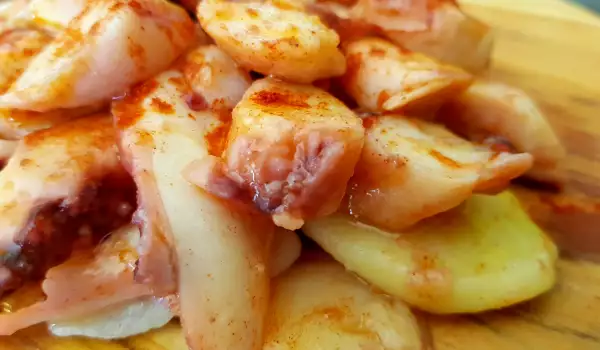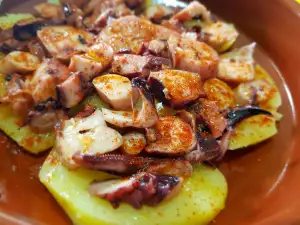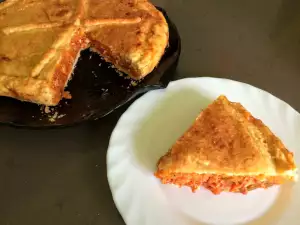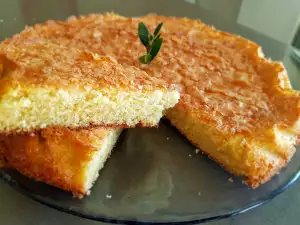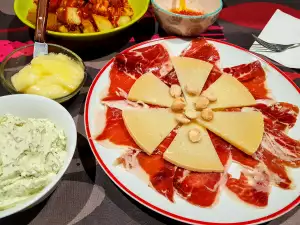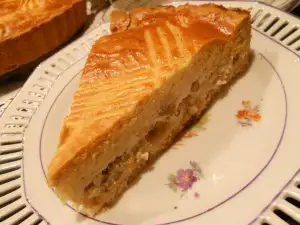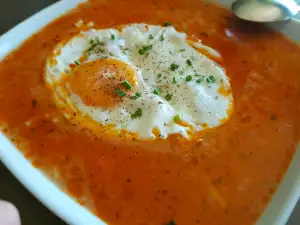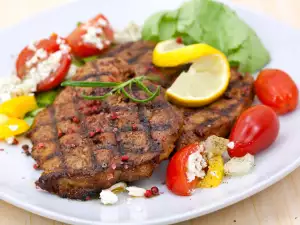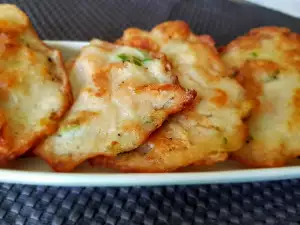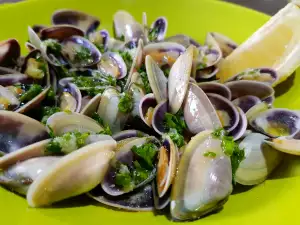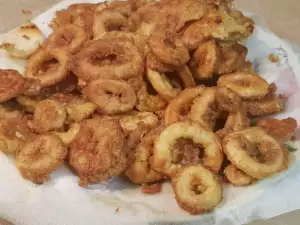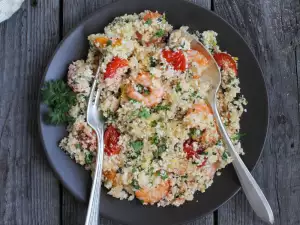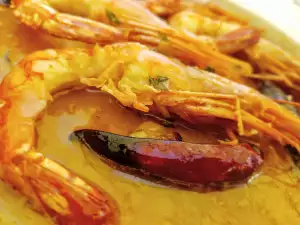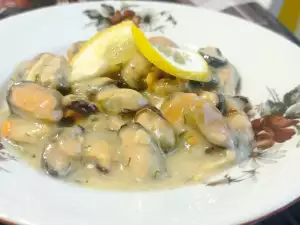How to make
Polbo á feira is a traditional appetizer from Galicia. This is the other name of the so famous Galician-Style Octopus (Pulpo a la Gallega)
And Feira comes from the time when this way of cooking and serving octopus first spread during the local Feria (Feira in Galician dialect).
Preparing this dish, also known as tapas, is easy, but it has its subtleties.
I will try to expose them to you to enjoy a perfect and authentic result, if you decide to try the traditional Pulpo a Feira.
You can buy an octopus, which is already cooked, but it is always better buy a fresh one.
Because it is made up of muscle, it would be tough, if we start cooking it right away. To break its muscle fibers, the easiest and most effective way is to freeze the seafood. Then, when defrosting it, the secret is to do it slowly. Leave it in the refrigerator or in a fairly deep container because it will release liquid.
To boil the octopus, put a large pot of water on high heat. The water should be enough to cover the seafood, but not too much.
When it starts boiling strongly (and never before), dip the octopus, comfortably gripped by the head. Take it out and repeat that three times. The process is called shocking.
Dip it for a fourth time and let it simmer for 15 minutes on high heat and then reduce it to low for another 20 minutes. Great masters of this dish say that the octopus should not become very soft, but almost al dente. Others prefer it as soft as butter. You choose how you prefer it. You can try its readiness by stabbing one of the tentacles with a knife and the knife should enter it like a boiled potato.
There is another way of cooking it - on moderate heat for about 30 minutes and then with the stove off, leave it in the water until it cools down.
Now is the time to boil the potatoes. No special instructions are needed for this, because everyone knows and can do it. I would only recommend for a more authentic Pulpo a Fairie to do this in the water, in which you cooked the octopus. If you prefer this option, know that the potatoes will inevitably be colored, but they will absorb the aroma of the seafood.
In any case, do not throw away the water immediately, it also can be used in another important moment.
Wooden plates, flat but thick, are used to serve this Spanish specialty. Each plate is immersed in the water that the octopus has been cooked in and this has its meaning and function. This prevents the olive oil from soaking into the wood, while completely covering the food and allowing it to emulsify by mixing with the sauces separated from the octopus.
Cut the potatoes into slices and arrange them in one layer in a wooden plate. On top put the octopus, cut with kitchen scissors, the tentacles into circles and the head into small pieces. You will get about 3-4 servings.
Keep in mind that the weight of a cooked octopus decreases by almost 50% of its weight when raw.
To finish it off, sprinkle it generously with quality olive oil (very important! ) And coarse salt and paprika, but the paprika should not be too much, so that it doesn't kill the taste of the seafood.
Enjoy this wonderful appetizer in the spirit of Spain.
Enjoy your meal!
